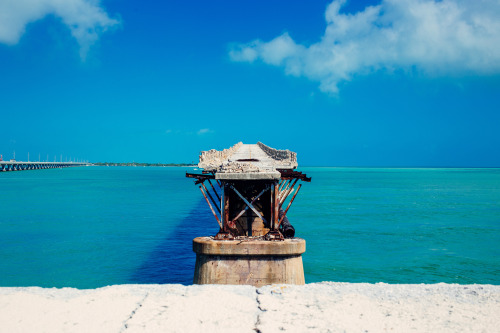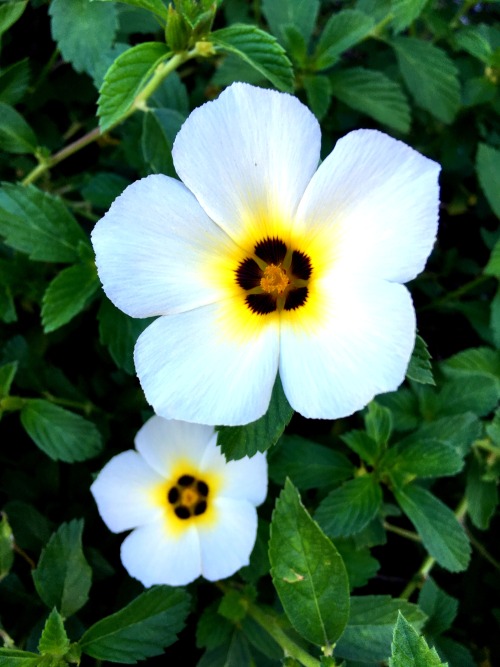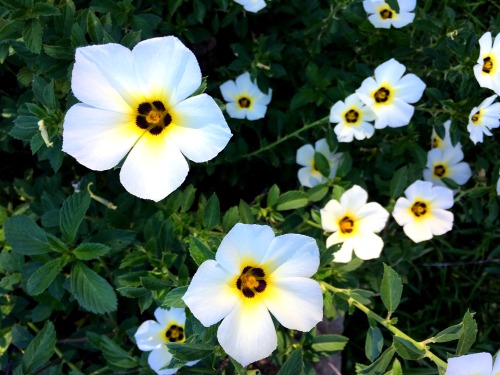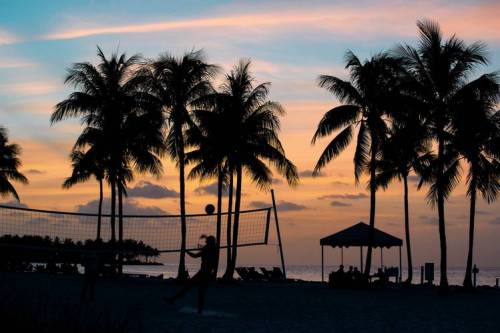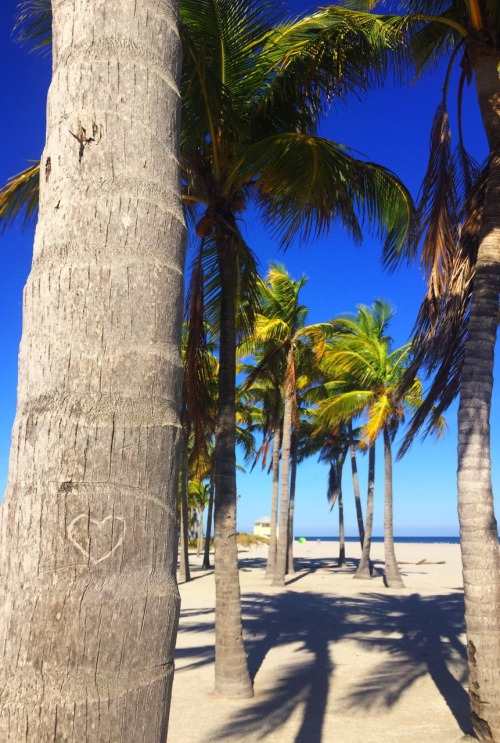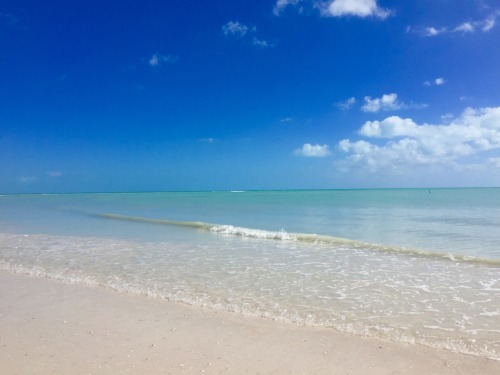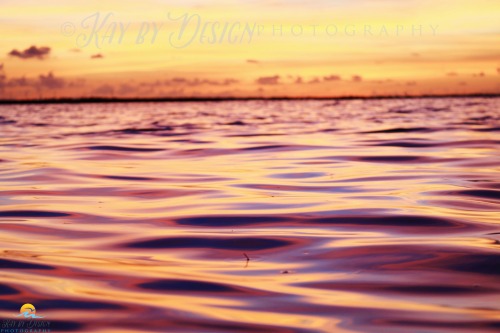#florida keys
Seagrass in Florida Keys National Marine Sanctuary
Did you know that seagrasses are the only flowering plants that thrive fully submerged in marine environments? Learn about the “lungs of the sea” found in Florida Keys National Marine Sanctuary in this week’s Earth Is Blue video!
In a study published in the journal Global Biogeochemical Cycles on May 2, 2016, scientists from the University of Miami (UM) Rosenstiel School of Marine and Atmospheric Science found that the limestone that forms the foundation of coral reefs along the Florida Reef Tract is dissolving at a very rapid rate during the fall and winter months on many reefs in the Florida Keys. The research also showed that the upper Florida Keys were the most impacted by the annual loss of reef.
For this study Dr. Chris Langdon and his team collected water samples in 2009 and 2010 along a 124-mile (200-kilometer) stretch of the Florida reef, from north of Biscayne Bay to the Looe Key National Marine Sanctuary in the Atlantic Ocean, about five miles off Big Pine Key in the Lower Keys. This data establishes a baseline of the health of the reefs, which could then be used for future studies that look at changes along the reef tract.
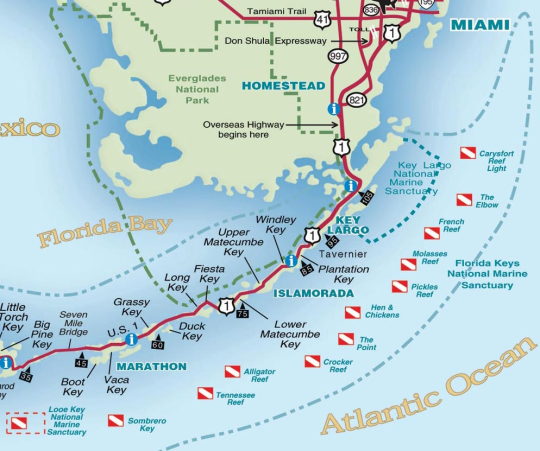
(Map of the study area. Click here to enlarge.)
The team found that reef dissolution in the fall and winter months is a significant problem on reefs in the upper Keys, where the loss of limestone is exceeding the amount the corals are able to produce in the spring and summer on an annual basis. The northern-most reef is already net erosional (-1.1 ± 0.4 kg CaCO3 m-2 y-1) and mid-reefs to the south were net depositional on an annual basis (0.4 ± 0.1 kg CaCO3 m-2 y-1) but erosional during the fall and winter. Only the two southern-most reefs were net depositional year-round.
“The reef needs a certain amount of carbonite production every year to stay in place,” Landgon says.“if it’s in excess of that, the reefs grow. When it reaches zero, they are holding even. When it switches to negative, that’s when they start wasting away.”
On top of supporting most of the biodiversity in the oceans, coral reefs are also crucial for the economies and tourism industries of coastal countries. In Florida, it is estimated that the reefs have an asset value of $7.6 billion, and they support over 70,000 jobs.
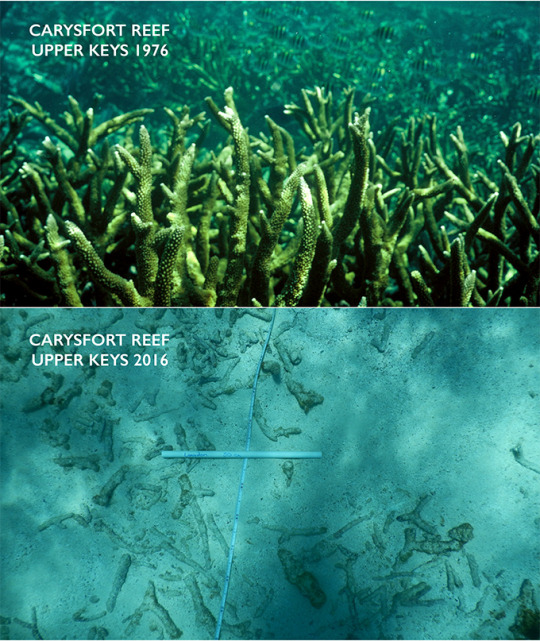
(The thickets of staghorn corals (A. cervicornis) are gone today replaced by a structure-less bottom littered with the decaying skeletons of staghorn coral. Photo by Chris Langdon)
The results of this study indicate that parts of the Florida Reef Tract have already crossed the tipping point for carbonate production and other parts are getting close. Moreover, the area has suffered greatly over the last few years due to warmer sea surface temperatures, and heavy coral bleaching episodes that resulted in a significant loss of corals and in the spread of diseases.
Since the data for the study were collected in 2009 and 2010, it is now necessary to conduct a similar analysis to see how the reefs are faring today. Considering that the worst bleaching years on record in the Florida Keys were 2014-2015, it is very possible that the reefs are in a worse state nowadays.
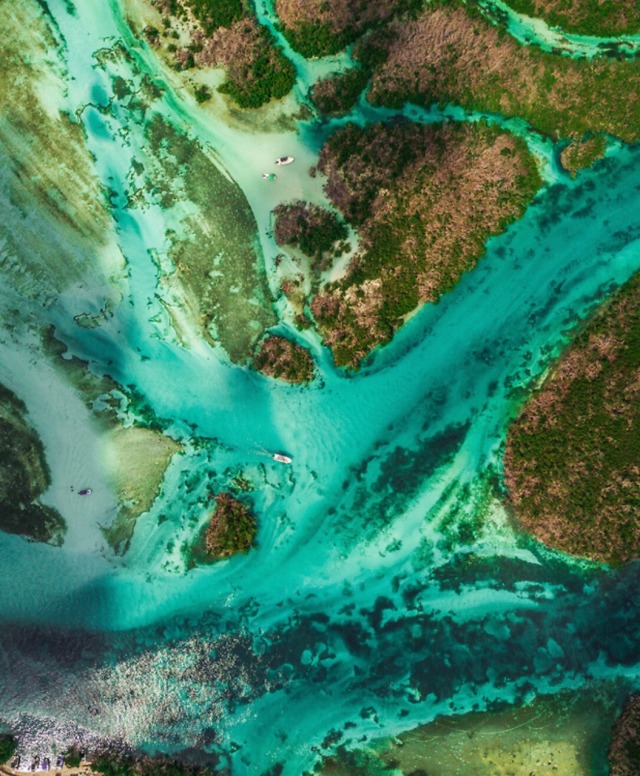

The Florida keys Keywest
State: Florida
- are a coral cay archipelago located off the southern coast of Florida
- One of the longest bridges when it was built, the Seven Mile Bridge connects Knight’s Key (part of the city of Marathon in the Middle Keys) to Little Duck Key in the Lower Keys
- https://en.m.wikipedia.org/wiki/Florida_Keys

Sunset By the Bridge
Buttercup bush (Turnera subulata)
Bountiful blossoms adorn this bush, which does well in warm climates (USDA zones 9-11). Where there are blooms, there are butterflies, bees, and other pollinators abound. With a yellow and black bulls eye like that, no wonder they find it irresistible!
Post link
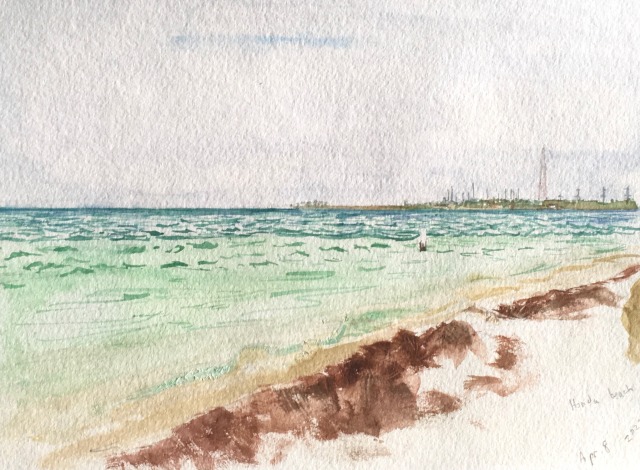
honda beach florida keys. water color 2022 michael pontieri
A Spring Getaway to Florida’s Authentic Side
Inspired by the Netflix series ‘Bloodline,’ a native Floridian goes off-the-beaten path in the Florida Keys.
Post link

The Key deer (Odocoileus virginianus clavium), the smallest North American deer, lives only in the Florida Keys. It is a subspecies of the white-tailed deer (O. virginianus). Key deer easily swim between islands. Living close to humans, they have little of the natural fear of man. The deer are often found in residents’ yards and along roadsides where plants and flowers grow.

Key deer buck and doe

Fort Jefferson
Vincent Dewey Photography

